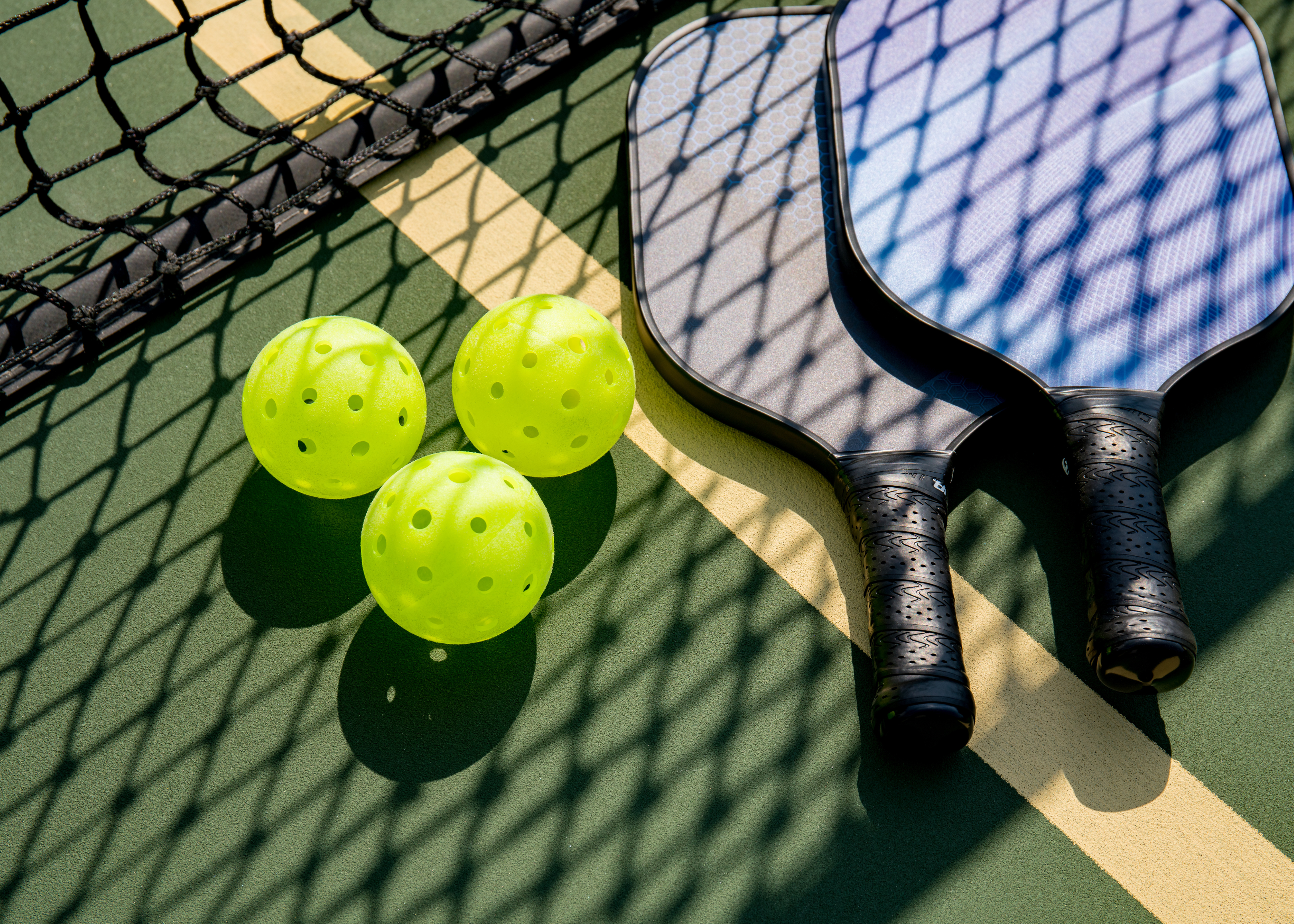Pickleball Injuries: Understanding Risks and How to Prevent Them
Pickleball has become one of the fastest-growing sports in recent years, with an estimated 13.6 million players in the U.S. in 2023.¹ This sport’s popularity is largely due to its inclusivity, making it accessible to nearly all ages and athletic abilities. However, like any sport, pickleball comes with the risk of injuries—especially among players over 50, who are more susceptible to fractures, sprains, and strains.
Who Is Most at Risk for Pickleball Injuries?
An analysis using the NEISS database found that, despite being a male-dominated sport, 69% of pickleball-related injuries occur in women over 60. This high percentage of fractures is often linked to post-menopausal bone loss.²
When it comes to the most commonly injured areas:
-
Upper extremity injuries account for 33% of all pickleball-related injuries, with the wrist and shoulder being the most affected.
-
Lower extremity injuries make up 29%, impacting the lower leg, ankle, and knee.
-
The remaining injuries involve the head, abdomen, and face, though these are less common.
While it’s impossible to completely prevent injuries, there are steps you can take to minimize risk and improve your safety while playing pickleball.
How to Prevent Pickleball Injuries
1. Warm Up Before Playing Pickleball
A proper warm-up routine can reduce the risk of injuries and improve performance. Although there is no universal recommendation, incorporating exercises from the Thrower’s Ten Program can effectively warm up the upper body.
See the Thrower’s Ten Program here
For a lower-body warm-up, try these exercises:
-
Mini squats
-
Side shuffles
-
Alternating lunges (deep or shallow)
-
Leg swings
-
Heel raises
-
Quad stretch
-
Adductor stretch
-
Calf stretch
View a full lower-body warm-up guide here
Additionally, warming up with sport-specific movements—such as dinking, practicing serves, and volleying—can help prepare your body for play.
2. Improve Your Balance and Movement for Pickleball
Proper foot positioning and movement can prevent falls and tripping on the court. Outside of pickleball, working on dynamic balance exercises can not only reduce injury risk but also improve daily mobility.
3. Learn How to Fall Safely in Pickleball
Even with the best precautions, falls happen. Knowing how to fall correctly can prevent serious injuries. Instead of reaching out with your arms, roll into the fall with momentum and tuck your chin to protect your head. This technique reduces the impact on the wrists and shoulders, minimizing fracture risk.
See safe falling techniques here
Personalized Injury Prevention with Physical Therapy
Every player’s needs are different. If you have existing injuries, pain, or flexibility limitations, our physical therapists can create a customized home program to help you play safely while improving your strength and mobility.
Pickleball is a fun and social way to stay active at any age. As physical therapists, we encourage all movement that keeps your body in motion and brings you joy. Whether you’re a seasoned player or a beginner, incorporating a proper warm-up and injury prevention exercises will help you stay on the court longer and safer.
So grab your shoes, don’t forget your paddle, and we’ll see you on the court.
References
-
Avoid a “Pickle_” Know this Booming Sport’s Perks and Pitfalls _ AOSSM.
-
Ghattas YS, Zeblisky P, Cassinat J, Aceto M, Spindler KP, Cannada LK. Pickleball-Related Fractures in the United States From 2002 to 2022: An Analysis Using the NEISS Database. Orthop J Sport Med. 2024;12(6):1-7. doi:10.1177/23259671241255674
-
Vitale K, Liu S. Pickleball: Review and Clinical Recommendations for this Fast-growing Sport. Curr Sports Med Rep. 2020;19(10):406-413. doi:10.1249/JSR.0000000000000759
Pickleball Participation Statistics
Clinical Recommendations for Pickleball
Pickleball-Related Fracture Study
Avoid a Pickle – Sports Medicine Update







